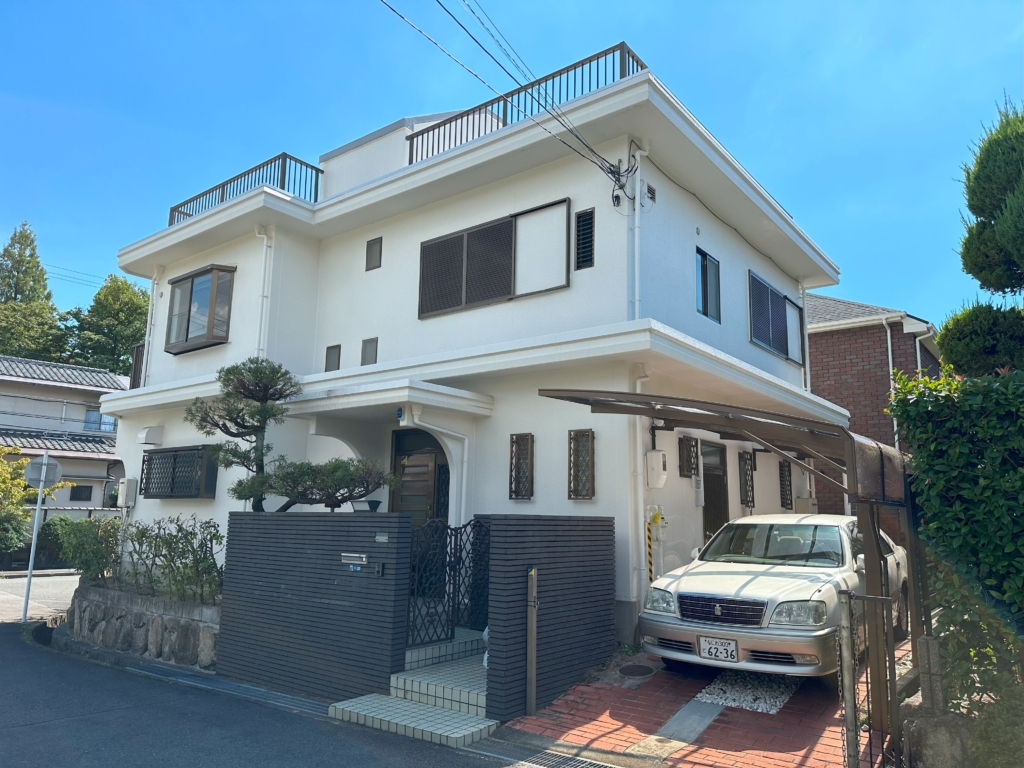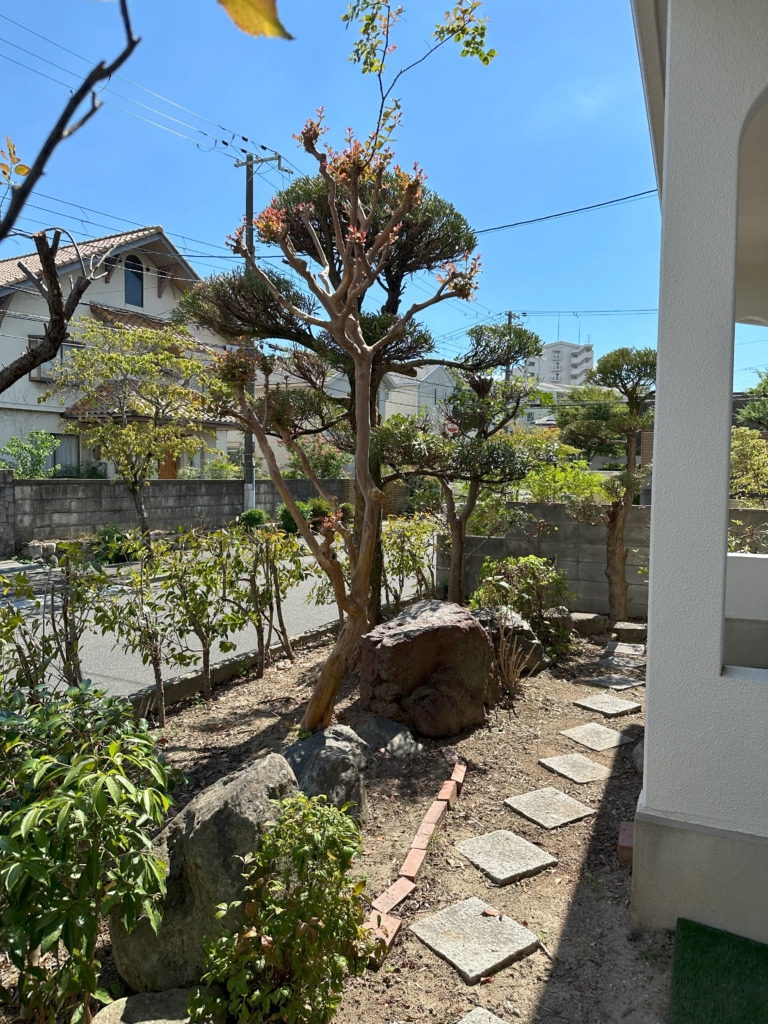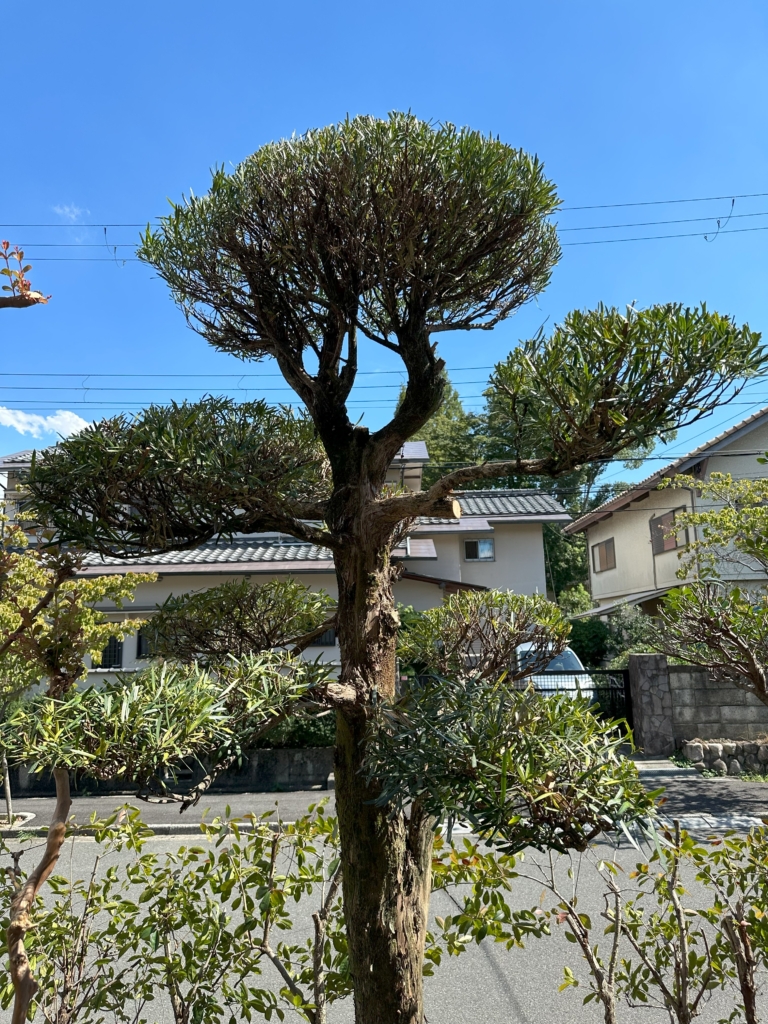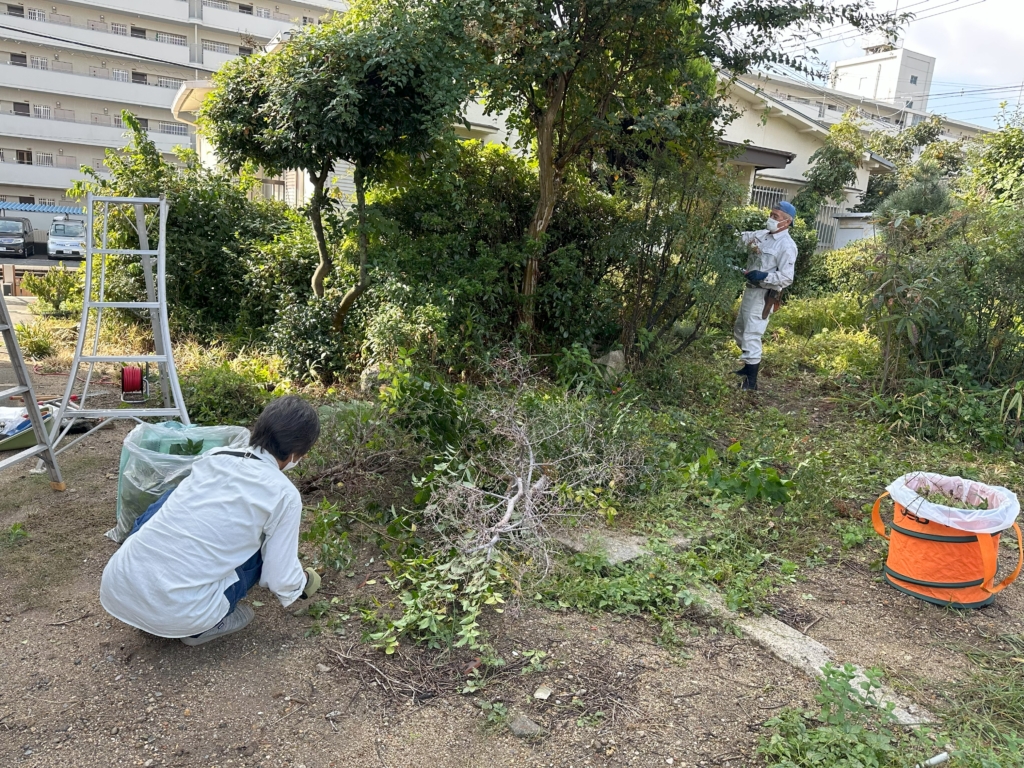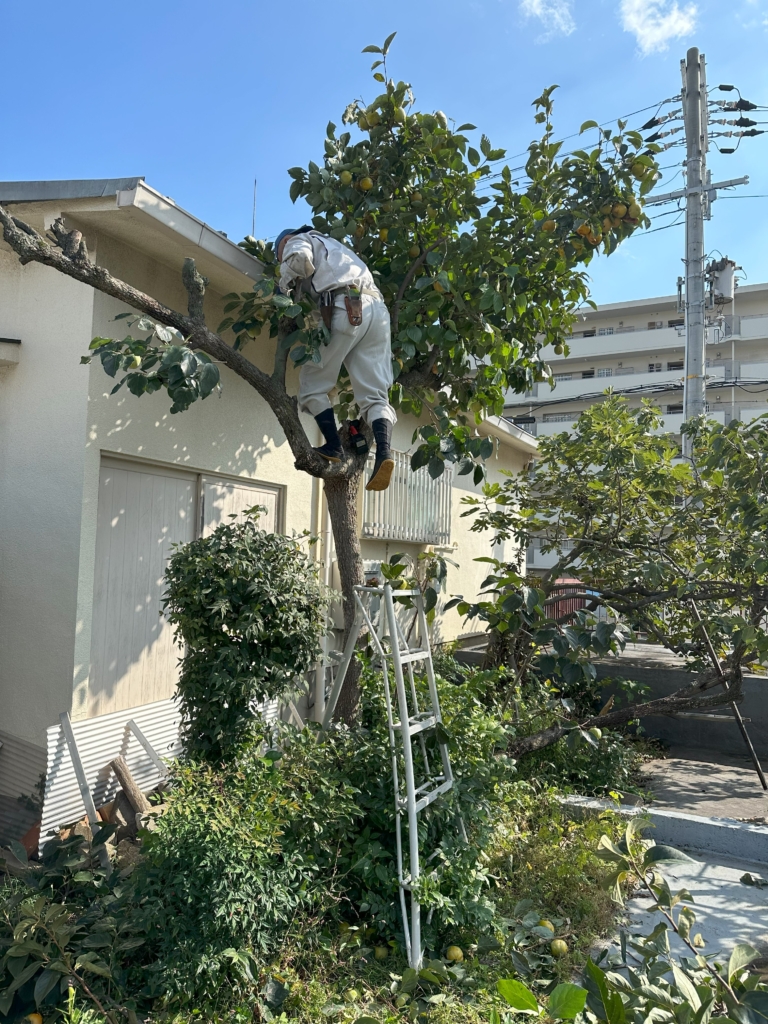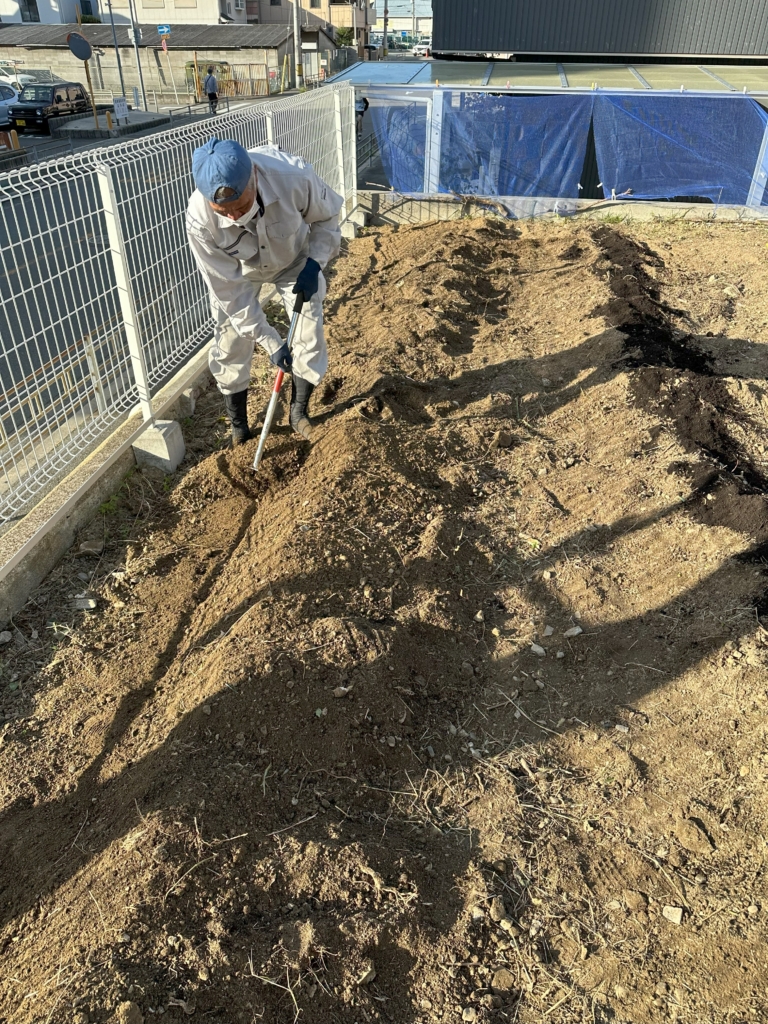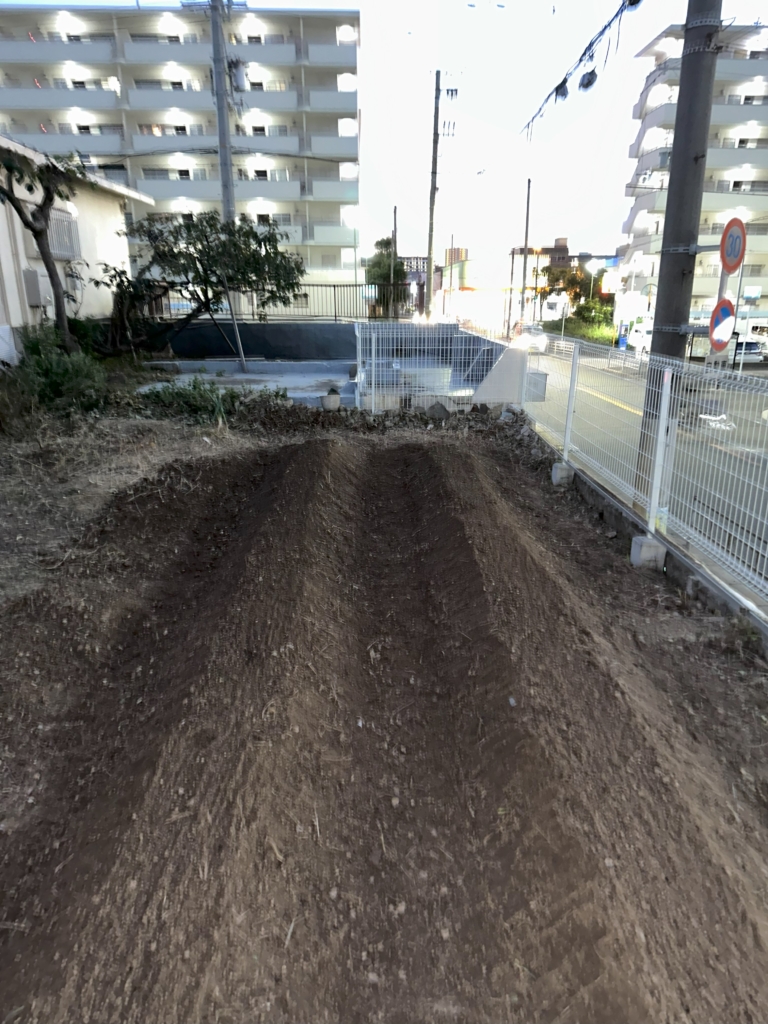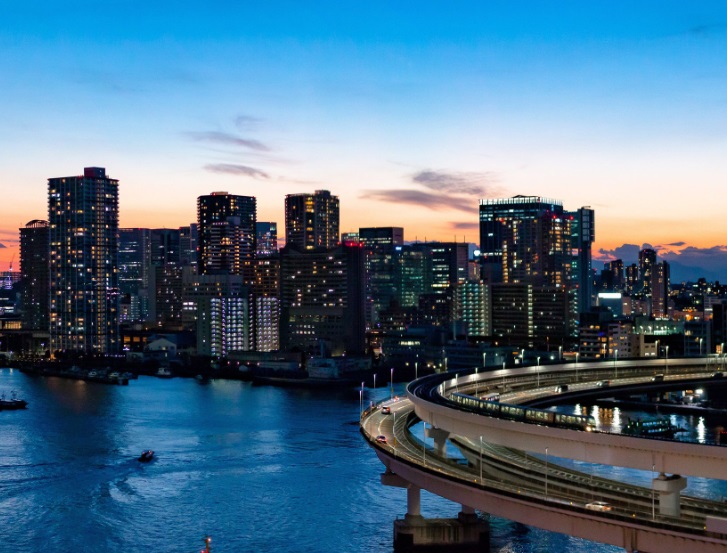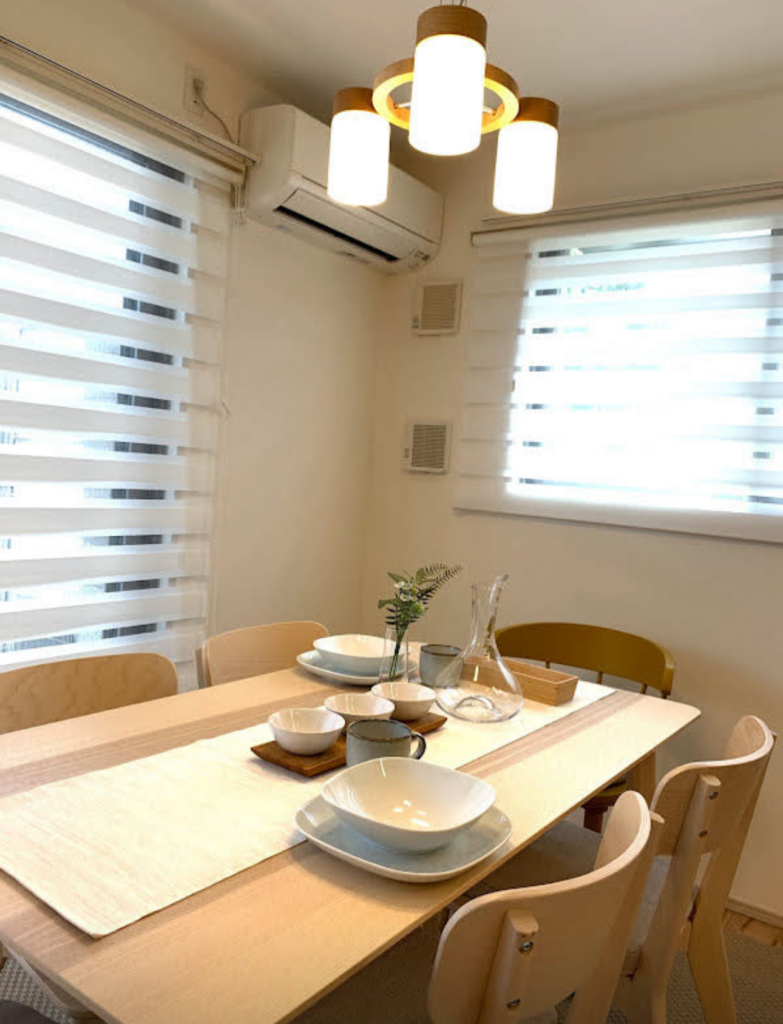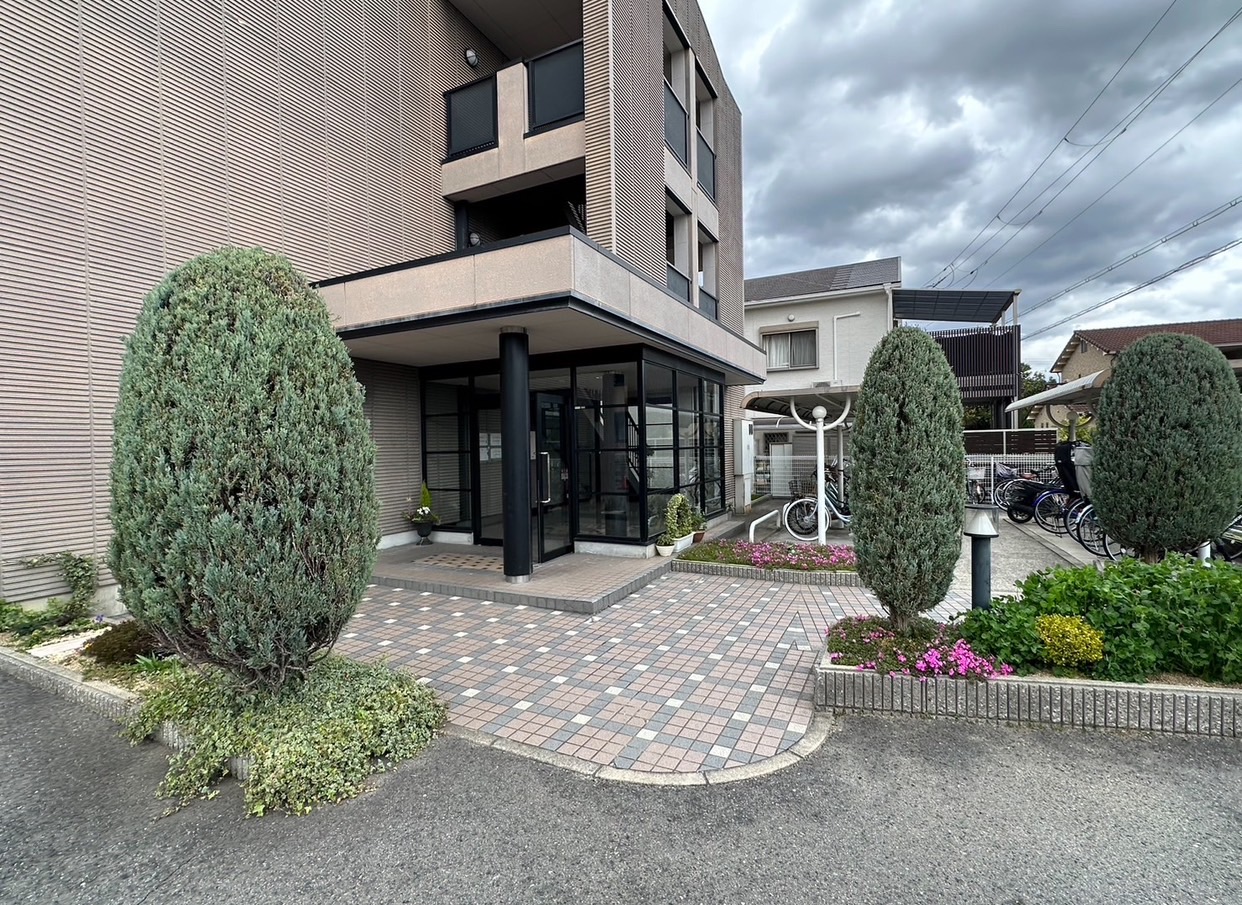
When living in a detached house, it is essential to recognize the need for regular garden maintenance. In rental properties, landlords might arrange for garden pruning once a year, but generally, tenants are responsible for maintaining their gardens themselves. Without periodic maintenance, approximately every six months, plants can grow too large, making pruning a more significant and challenging task.
Additionally, as trees grow taller, the work becomes more hazardous, making it difficult for the average person to manage. Larger pruning jobs also involve more extensive branch and leaf disposal, which can be quite burdensome.
At Dios, we have established partnerships with experienced arborists to provide expert garden maintenance services. Proper garden care is not just about the amount of work but also about enhancing the beauty of your garden and trees. The appearance of your garden from the street greatly influences the overall impression of your home.
A well-maintained garden not only boosts the credibility of the home but also affects its real estate value. At Dios, we offer comprehensive advice on garden pruning, gardening, and exterior home improvements in English. For those interested in enjoying home gardening, we can also prepare the soil and create vegetable beds, which is a great activity for health.
Our arborists, with 30 years of experience, will ensure that your garden receives the best care possible. If you have any concerns or issues with your garden, please feel free to consult with us.
We look forward to helping you create and maintain a beautiful, thriving garden. Your satisfaction and the enhancement of your home’s beauty are our top priorities.
Here is our 2024 Business Vision Statement: https://www.dios.co.jp/archives/4313
